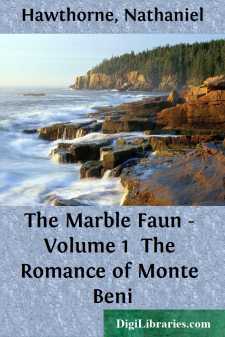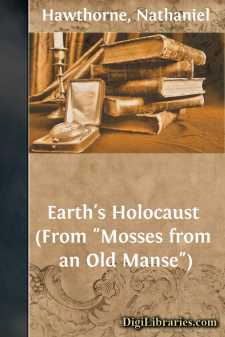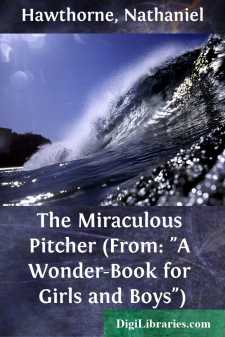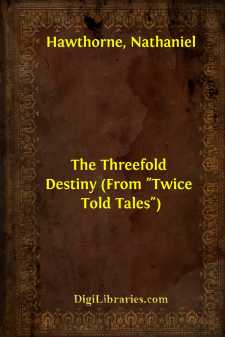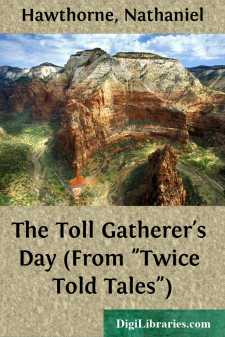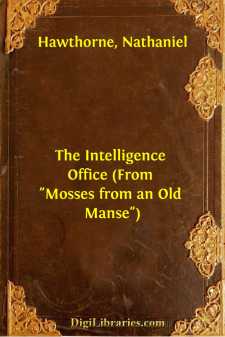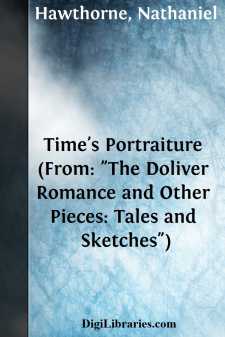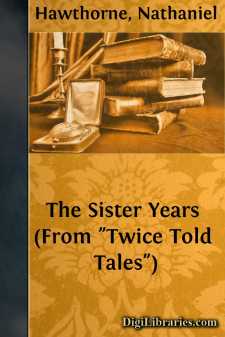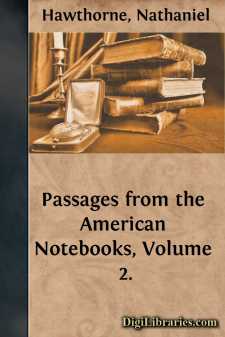Categories
- Antiques & Collectibles 13
- Architecture 36
- Art 48
- Bibles 22
- Biography & Autobiography 813
- Body, Mind & Spirit 142
- Business & Economics 28
- Children's Books 17
- Children's Fiction 14
- Computers 4
- Cooking 94
- Crafts & Hobbies 4
- Drama 346
- Education 46
- Family & Relationships 57
- Fiction 11829
- Games 19
- Gardening 17
- Health & Fitness 34
- History 1377
- House & Home 1
- Humor 147
- Juvenile Fiction 1873
- Juvenile Nonfiction 202
- Language Arts & Disciplines 88
- Law 16
- Literary Collections 686
- Literary Criticism 179
- Mathematics 13
- Medical 41
- Music 40
- Nature 179
- Non-Classifiable 1768
- Performing Arts 7
- Periodicals 1453
- Philosophy 64
- Photography 2
- Poetry 896
- Political Science 203
- Psychology 42
- Reference 154
- Religion 513
- Science 126
- Self-Help 84
- Social Science 81
- Sports & Recreation 34
- Study Aids 3
- Technology & Engineering 59
- Transportation 23
- Travel 463
- True Crime 29
Our website is made possible by displaying online advertisements to our visitors.
Please consider supporting us by disabling your ad blocker.
The Marble Faun - Volume 1 The Romance of Monte Beni
Categories:
Description:
Excerpt
CHAPTER I
MIRIAM, HILDA, KENYON, DONATELLOFour individuals, in whose fortunes we should be glad to interest the reader, happened to be standing in one of the saloons of the sculpture-gallery in the Capitol at Rome. It was that room (the first, after ascending the staircase) in the centre of which reclines the noble and most pathetic figure of the Dying Gladiator, just sinking into his death-swoon. Around the walls stand the Antinous, the Amazon, the Lycian Apollo, the Juno; all famous productions of antique sculpture, and still shining in the undiminished majesty and beauty of their ideal life, although the marble that embodies them is yellow with time, and perhaps corroded by the damp earth in which they lay buried for centuries. Here, likewise, is seen a symbol (as apt at this moment as it was two thousand years ago) of the Human Soul, with its choice of Innocence or Evil close at hand, in the pretty figure of a child, clasping a dove to her bosom, but assaulted by a snake.
From one of the windows of this saloon, we may see a flight of broad stone steps, descending alongside the antique and massive foundation of the Capitol, towards the battered triumphal arch of Septimius Severus, right below. Farther on, the eye skirts along the edge of the desolate Forum (where Roman washerwomen hang out their linen to the sun), passing over a shapeless confusion of modern edifices, piled rudely up with ancient brick and stone, and over the domes of Christian churches, built on the old pavements of heathen temples, and supported by the very pillars that once upheld them. At a distance beyond—yet but a little way, considering how much history is heaped into the intervening space—rises the great sweep of the Coliseum, with the blue sky brightening through its upper tier of arches. Far off, the view is shut in by the Alban Mountains, looking just the same, amid all this decay and change, as when Romulus gazed thitherward over his half finished wall.
We glance hastily at these things,—at this bright sky, and those blue distant mountains, and at the ruins, Etruscan, Roman, Christian, venerable with a threefold antiquity, and at the company of world-famous statues in the saloon,—in the hope of putting the reader into that state of feeling which is experienced oftenest at Rome. It is a vague sense of ponderous remembrances; a perception of such weight and density in a bygone life, of which this spot was the centre, that the present moment is pressed down or crowded out, and our individual affairs and interests are but half as real here as elsewhere. Viewed through this medium, our narrative—into which are woven some airy and unsubstantial threads, intermixed with others, twisted out of the commonest stuff of human existence—may seem not widely different from the texture of all our lives.
Side by side with the massiveness of the Roman Past, all matters that we handle or dream of nowadays look evanescent and visionary alike.
It might be that the four persons whom we are seeking to introduce were conscious of this dreamy character of the present, as compared with the square blocks of granite wherewith the Romans built their lives....


